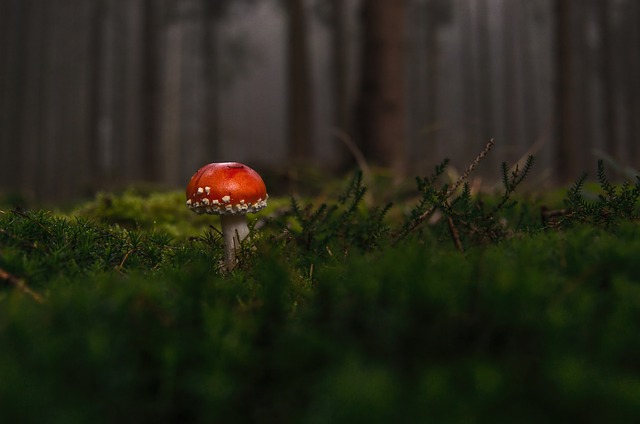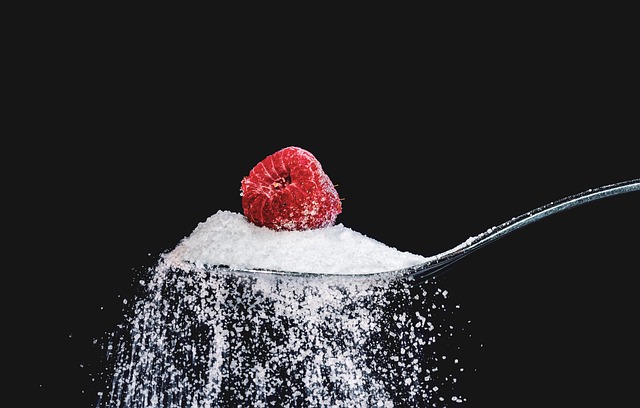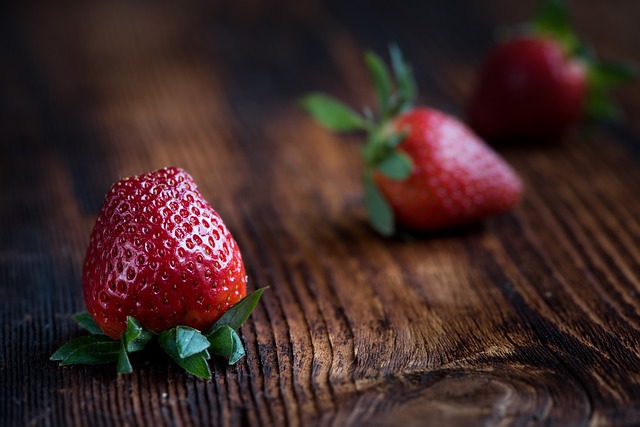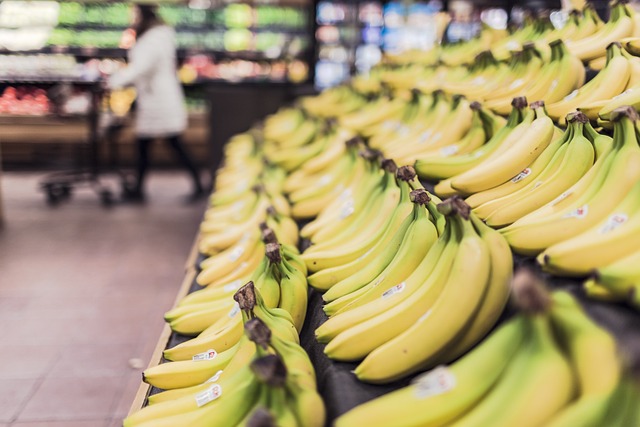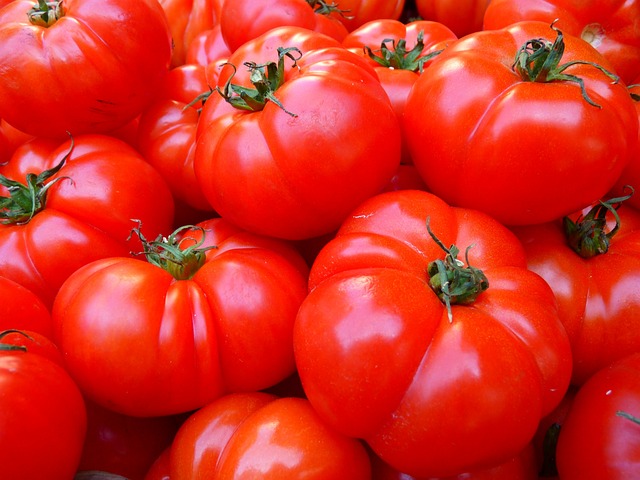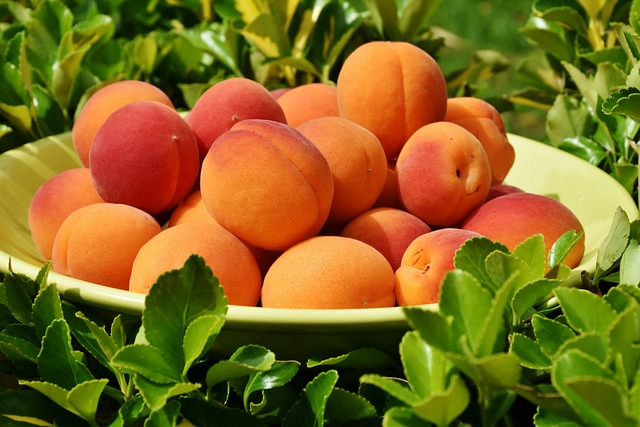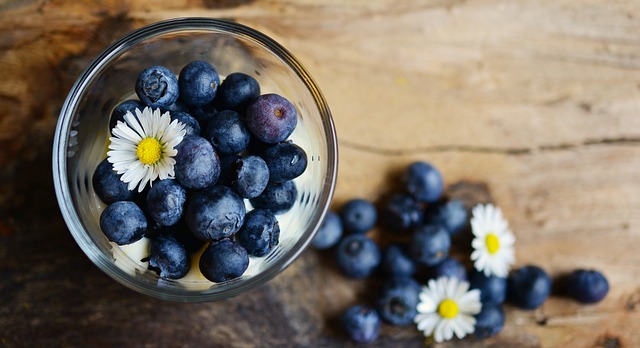Probiotics are beneficial bacteria that live inside our digestive tract and support our overall health. These friendly bacteria keep our gut healthy, aid digestion, boost our immunity, and even enhance our mental health. While you can take probiotic supplements, incorporating probiotic-rich foods into your diet is an easy and delicious way to improve your gut flora. Here are the top 10 probiotic-rich foods you can add to your diet:
1. Yogurt
Yogurt is a well-known probiotic food and a staple of many diets around the world. Yogurt is made by fermenting milk with live bacteria cultures. The bacteria used in yogurt are usually Lactobacillus bulgaricus and Streptococcus thermophilus, which help break down lactose, the sugar in milk. Some yogurts also contain other strains of beneficial bacteria, such as Lactobacillus acidophilus, Bifidobacterium lactis, and Lactobacillus casei.
2. Kefir
Kefir is a fermented drink made from milk, usually cow’s or goat’s milk. It’s similar to yogurt but has a runnier consistency and a tangy taste. Kefir is a good source of various probiotic strains, including Lactobacillus kefiranofaciens, Lactobacillus kefir, and Bifidobacterium bifidum. You can drink kefir straight or use it as a base for smoothies and dips.
3. Sauerkraut
Sauerkraut is a type of fermented cabbage that is popular in Germany and Eastern Europe. It’s made by mixing shredded cabbage with salt and allowing it to ferment naturally. During fermentation, lactic acid bacteria develop, which gives sauerkraut its sour taste and probiotic benefits. Sauerkraut is also rich in vitamins C and K, as well as fiber. You can eat sauerkraut as a side dish or use it as a topping for sandwiches and salads.
4. Kimchi
Kimchi is a spicy Korean side dish made by fermenting vegetables, usually cabbage, with hot pepper flakes, garlic, and ginger. Kimchi is bursting with beneficial bacteria, including Lactobacillus plantarum, Leuconostoc mesenteroides, and Weissella koreensis. Kimchi is also a good source of vitamin C, vitamin K, folate, and iron. You can eat kimchi as a side dish, add it to fried rice, or use it as a condiment for burgers and sandwiches.
5. Miso
Miso is a traditional Japanese paste made by fermenting soybeans with rice or other grains and salt. Miso is usually used to make miso soup, but it can also be used as a flavoring for marinades, dressings, and sauces. Miso contains various probiotic strains, including Lactobacillus, Leuconostoc, and Pediococcus. Miso is also rich in antioxidants, vitamins, and minerals.
6. Tempeh
Tempeh is a type of fermented soybean cake that originated in Indonesia. Tempeh is made by cooking and fermenting soybeans with a type of fungus called Rhizopus oligosporus. Tempeh is a good source of probiotic bacteria, as well as protein, fiber, and vitamins B6 and B12. You can use tempeh as a vegetarian substitute for meat in stir-fries, tacos, and salads.
7. Kombucha
Kombucha is a fermented tea that is gaining popularity as a health drink in the Western world. Kombucha is made by fermenting sweetened tea with a symbiotic culture of bacteria and yeast, known as SCOBY. The bacteria and yeast in kombucha include Acetobacter, Gluconobacter, and Saccharomyces. Kombucha is a good source of probiotic bacteria, as well as antioxidants and polyphenols.
8. Pickles
Pickles are cucumbers that have been pickled in a solution of water, vinegar, and salt. While not all pickles are fermented, some are, and these are a good source of probiotic bacteria. Fermented pickles are made by allowing cucumbers to ferment in a saltwater brine, and this process produces Lactobacillus bacteria. Pickles are also low in calories and a good source of vitamin K and electrolytes.
9. Kvass
Kvass is a traditional Eastern European drink made by fermenting r

